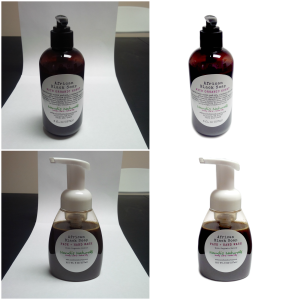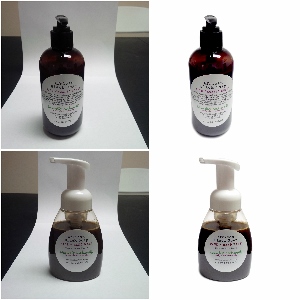 The predominant theme in product photography is creating the perfect white background. Some online retailers, such as Amazon, require that all products be placed on sterile white backgrounds, so as not to confuse buyers about what is being offered for sale. Obtaining such backgrounds can prove to be a pain, especially for someone who doesn’t have much experience in graphic design or photo editing. Many a business owner, finding themselves thrust into the role of photo editor, has lived through lightbox-project failures, poor lighting, poorer quality cameras, lack of knowledge of photo editing, inadequate graphics software, etc.
The predominant theme in product photography is creating the perfect white background. Some online retailers, such as Amazon, require that all products be placed on sterile white backgrounds, so as not to confuse buyers about what is being offered for sale. Obtaining such backgrounds can prove to be a pain, especially for someone who doesn’t have much experience in graphic design or photo editing. Many a business owner, finding themselves thrust into the role of photo editor, has lived through lightbox-project failures, poor lighting, poorer quality cameras, lack of knowledge of photo editing, inadequate graphics software, etc.
I must admit that I much prefer black backgrounds. BUT since it’s an almost industry-wide expectation that product photos use white backgrounds, I had to work my magic in ways that didn’t take up too much of my time. I have used Adobe Photoshop, Gimp (a freeware program similar to Photoshop), Publisher Pro (a program picked up at Walmart years ago that is also similar to Photoshop), and FotoFuze, among others. The program that I most enjoy is my current choice: PicMonkey.
I’m by no means an expert on creating a white background, but I’ve become pretty decent. I’m still working to perfect such settings as shadows, brightness, highlights, etc., but my skill level has definitely increased. I can now take a photo snapped in the worst light and give it a white background, add a little light to the image itself, and it looks much better than the original. See the photo up above? That’s exactly what I did to it. It’s clear to see what I started with, and how it ended up. I would say that’s a drastic improvement. I’m sure a more proficient user could have done better, especially with lighting and color on the actual object, but this is my attempt. I’m proud of my attempt, because I’ve come a long way.
I wrote this post for those who are new to product photography and find themselves struggling to get the requested white backgrounds. There is hope. Keep at it. There are times when I still use a lightbox, and there have been times I’ve convinced myself to open up Photoshop, but most times, PicMonkey is my go-to, because it’s quick and easy. Load the photo you wish to use, either choose a Texture that PicMonkey has available or load your own texture. I load an image of a white shape I created in Word. Then use the brush to sweep away the original background. You’re then left with a white background. I found a PicMonkey tutorial that goes into a bit more detail on changing backgrounds.
If you’re truly rattled by creating white backgrounds, you can always outsource the task. Outsourcing is NOT a bad thing, and it can free you up to do more pressing things that you are good at. But, if you’re like me, and you like a challenge or you can’t afford to outsource because of the way your business revenue is set up, then dig in and hone your skills in whichever method you decide to use.
I’d love to know what programs or methods you use for obtaining a white background for your products. Feel free to share a few tips that might help others on the path to achieving the perfect white background.



You are a treasure trove of knowledge and resources!
Thanks so much! I decided to use this platform to share what I know, and to find out what others may know that I need to know or someone else needs to know. You know? ;-)